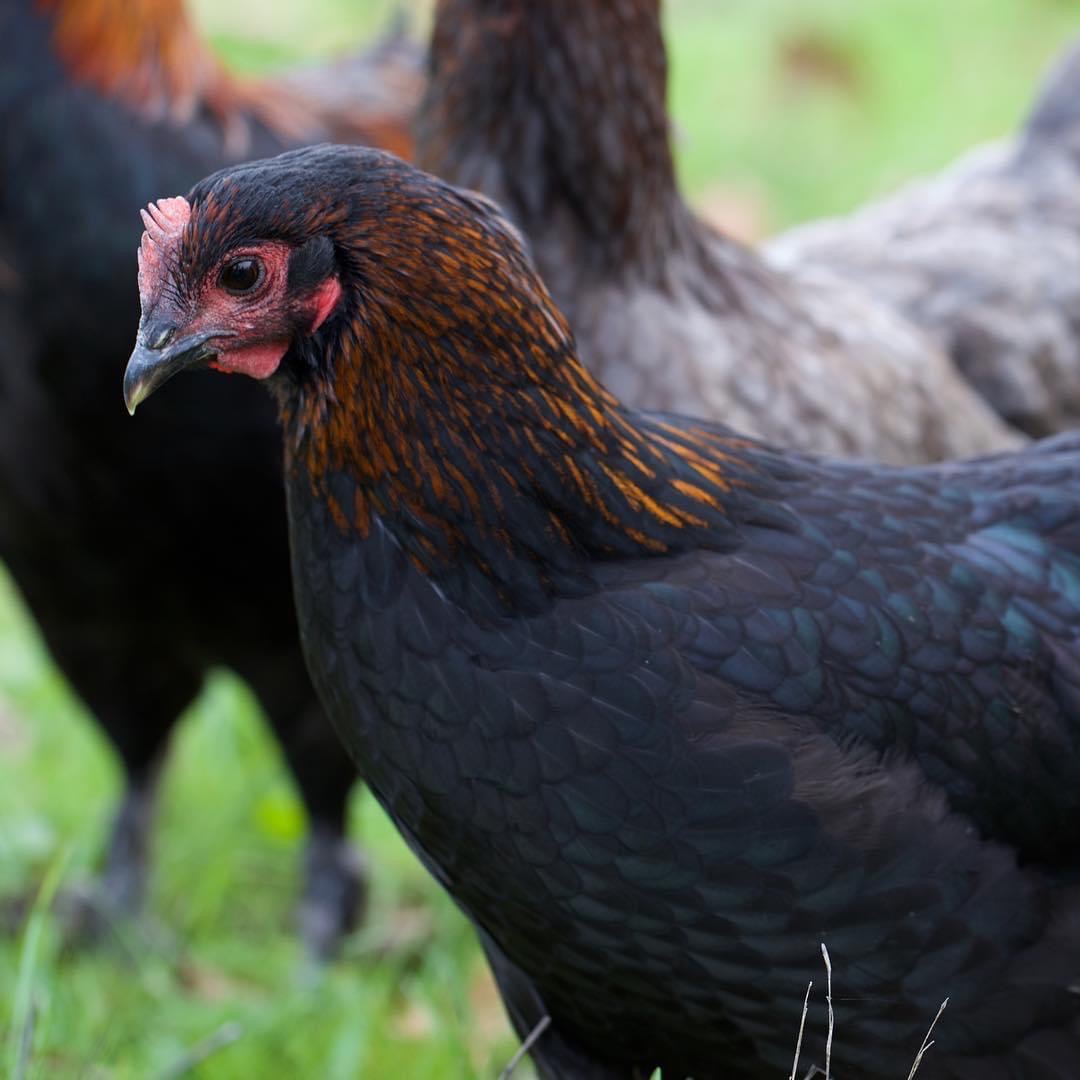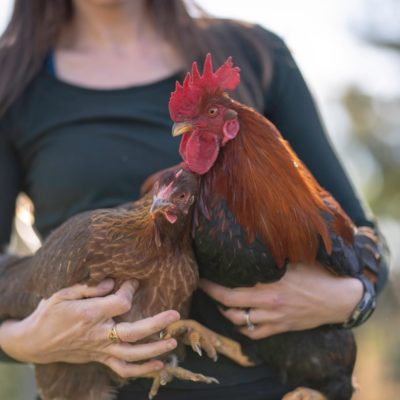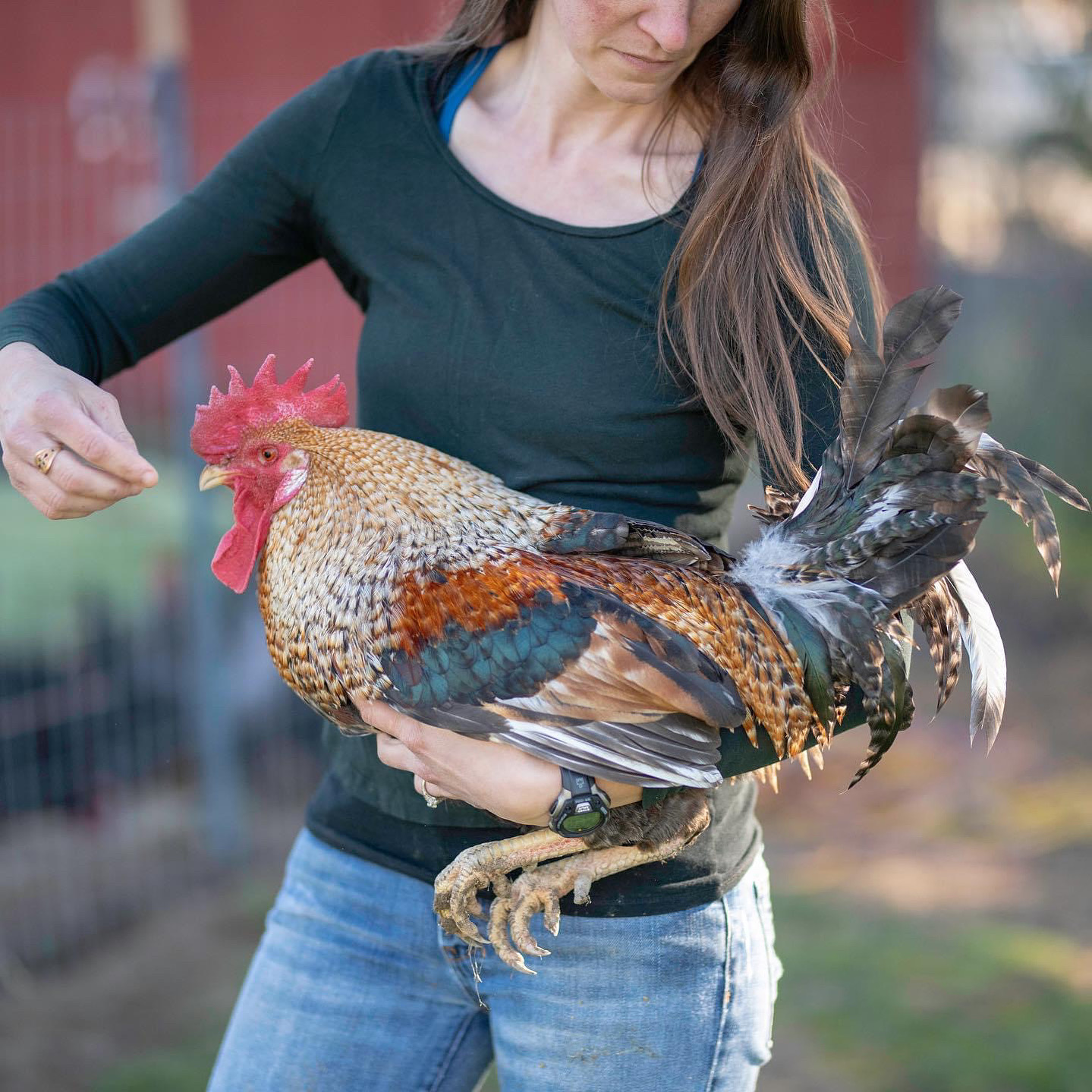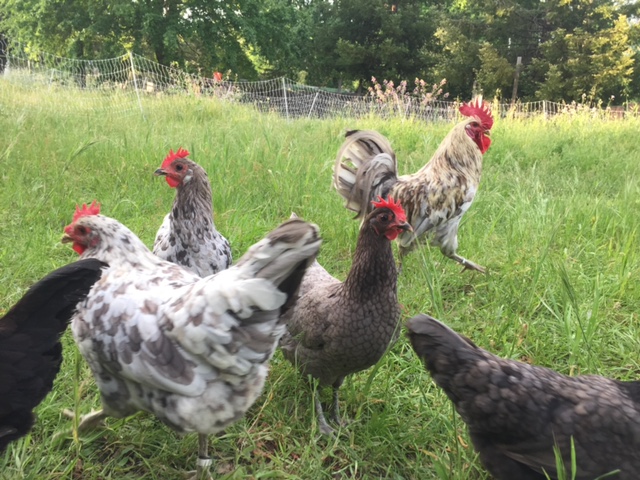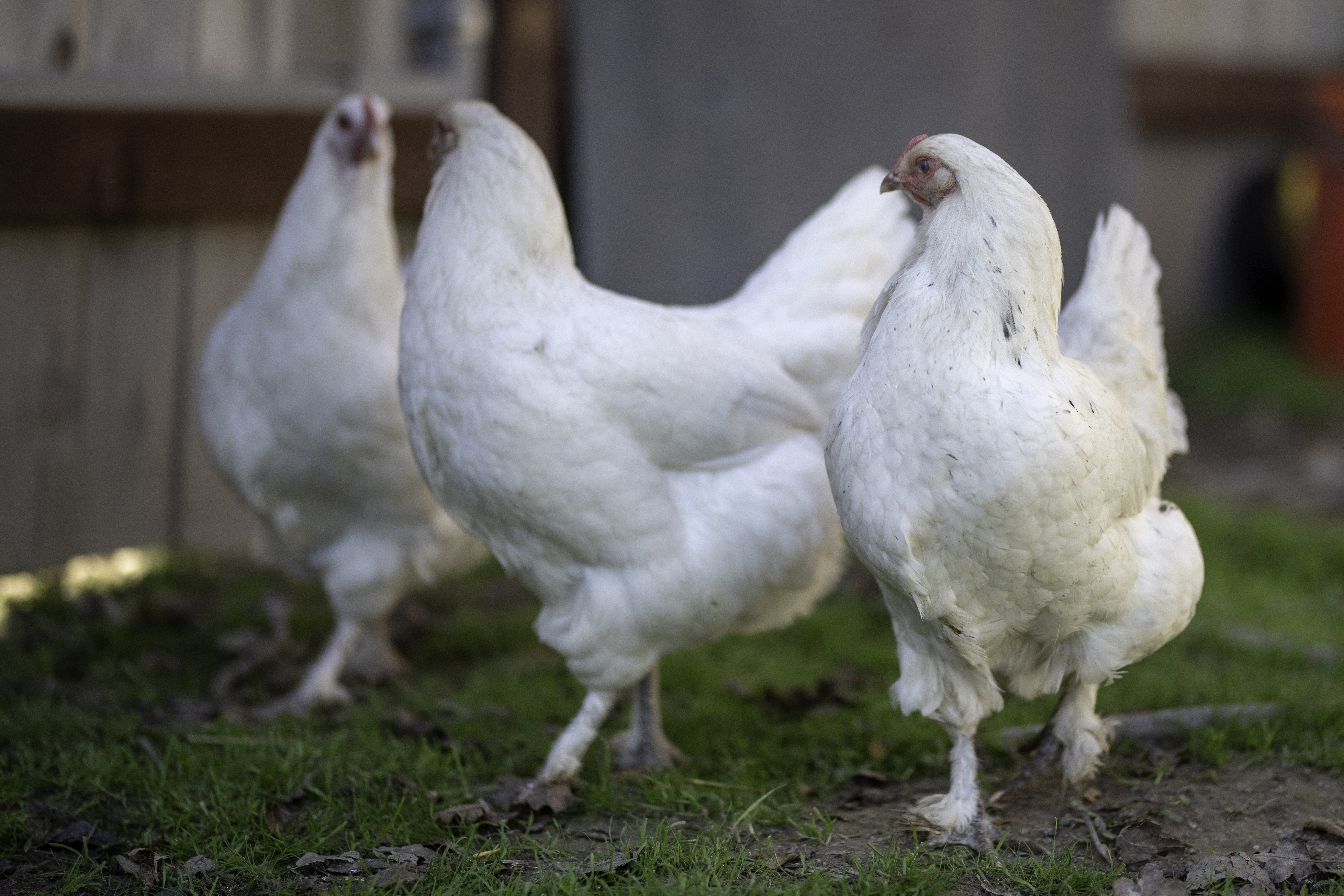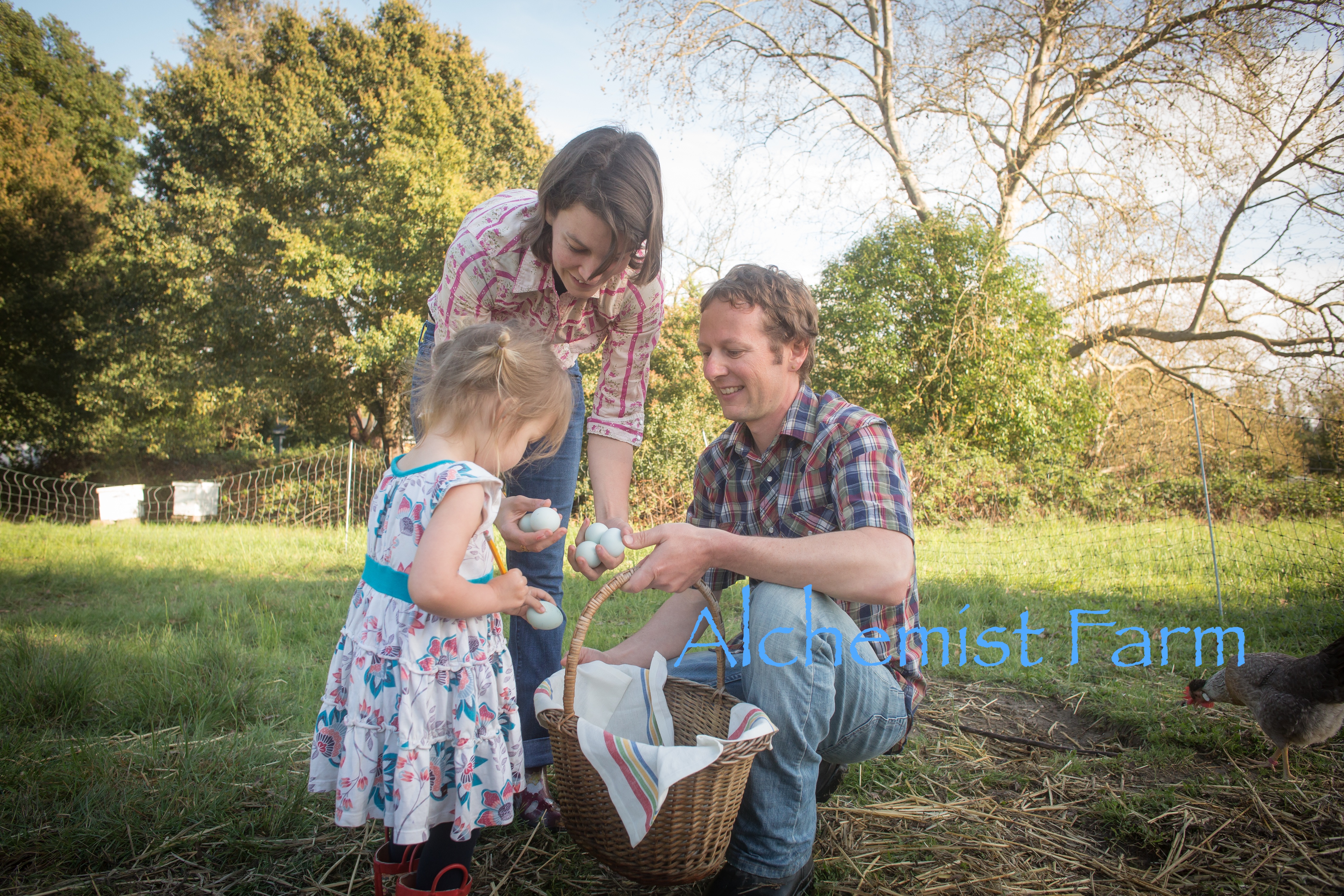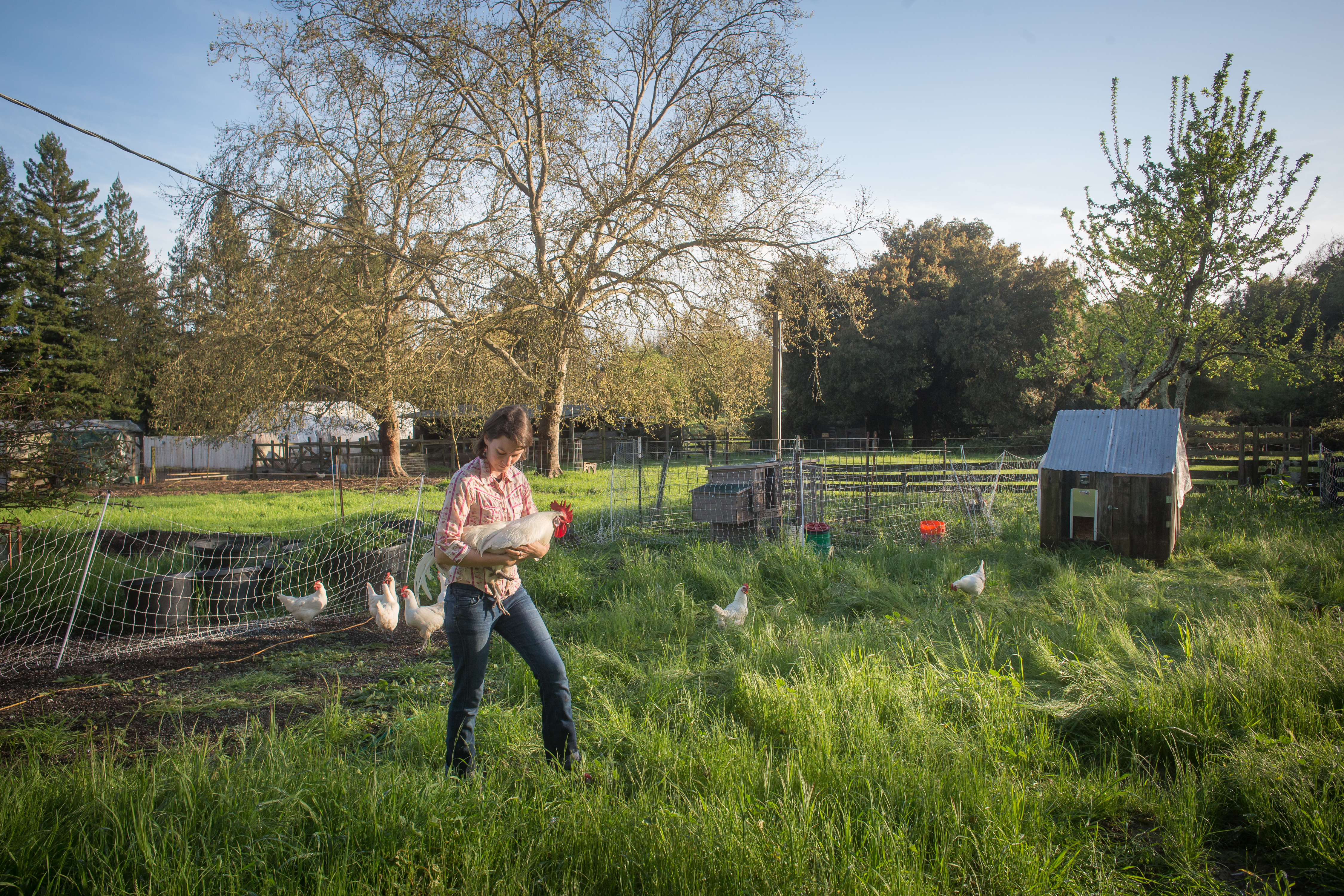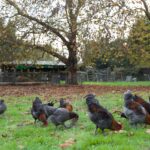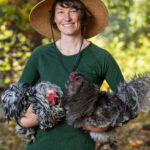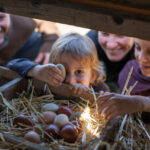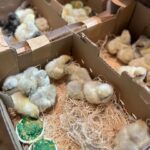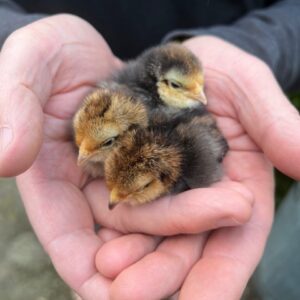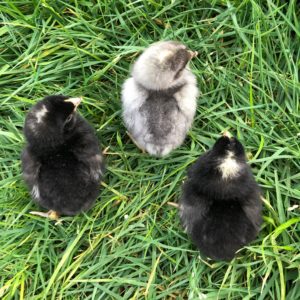🐔 Discover the Ecological Wonders of French Black Copper Marans Chickens! 🌎💚
🌱 Did you know that raising French Black Copper Marans chickens not only brings joy to your backyard but also provides numerous ecological benefits? These remarkable birds are more than just beautiful feathered friends; they contribute to a sustainable and eco-friendly lifestyle. Let’s explore the amazing ecological advantages of having French Black Copper Marans chickens in your flock:
1️⃣ Soil Health Champions: These chickens are excellent foragers and natural pest controllers. They love to scratch and peck, which helps aerate the soil and control harmful insects like slugs and snails. With their constant scratching, they assist in maintaining a healthy balance in your garden ecosystem.
2️⃣ Fertilizer Factories: French Black Copper Marans produce nutrient-rich manure that can be used as organic fertilizer. Their droppings are high in nitrogen, phosphorus, and potassium, which are essential for promoting healthy plant growth. With their help, you can cultivate a thriving garden without relying on synthetic fertilizers.
3️⃣ Composting Companions: Chicken manure, combined with bedding material like straw or wood shavings, makes excellent compost. By integrating their waste into your composting system, you create nutrient-dense soil amendments that enhance the fertility and sustainability of your garden.
4️⃣ Sustainable Eggs: French Black Copper Marans are renowned for their dark chocolate-colored eggs. By raising these chickens, you can enjoy delicious and nutritious homegrown eggs while reducing your reliance on store-bought options. It’s a sustainable choice that supports local food production and minimizes your carbon footprint.
5️⃣ Conservation Guardians: French Black Copper Marans are a heritage breed with historical significance. By raising and preserving these chickens, you actively contribute to the conservation of genetic diversity and protect them from endangerment. Your efforts help maintain the heritage and cultural value associated with these beautiful birds.
6️⃣ Educational Opportunities: Owning French Black Copper Marans offers a unique educational experience, especially for children. By involving them in the care and observation of these chickens, you instill a sense of environmental stewardship, teaching them about sustainability, animal welfare, and the interconnectedness of ecosystems.
🌎 Embrace the ecological wonders of French Black Copper Marans chickens! These incredible creatures bring sustainability, natural pest control, and educational benefits to your backyard. Join the movement towards a greener lifestyle and experience the joy of being an eco-conscious chicken enthusiast! 🐔💚 #FrenchBlackCopperMarans #EcoChickens #SustainableLiving #BackyardChickens 🌿🌱
